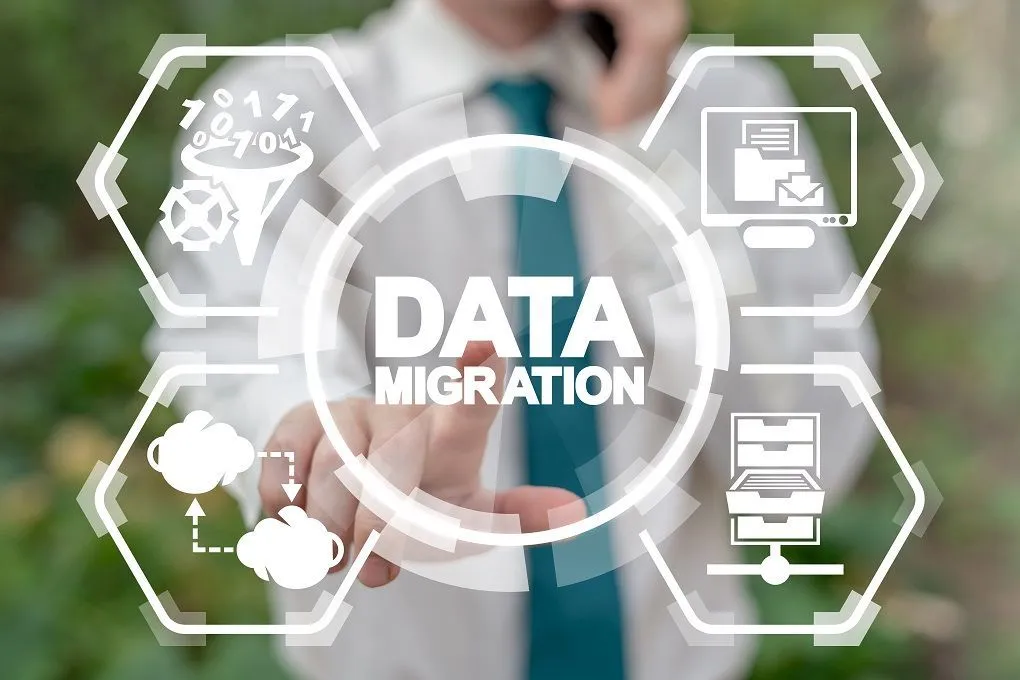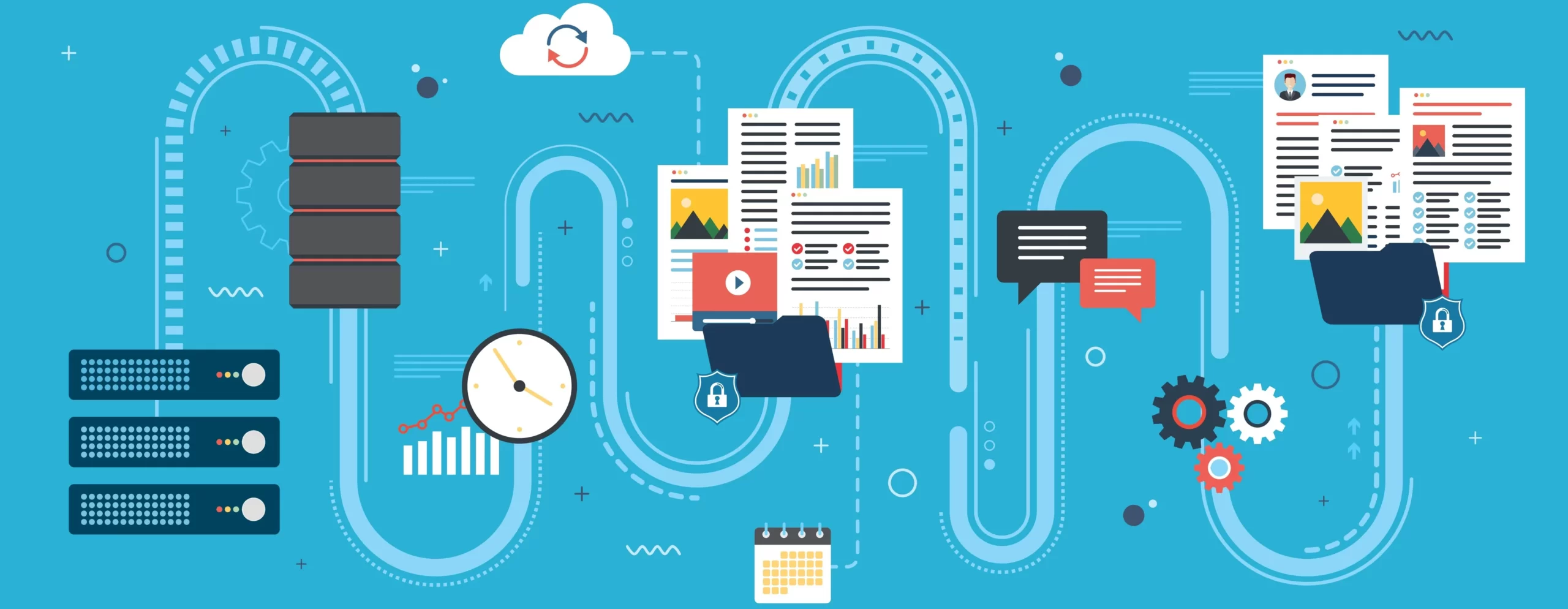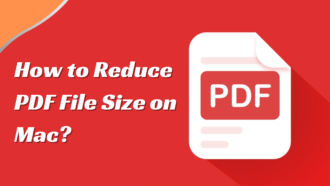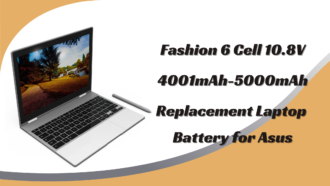How to Migrate Your Data Without Any Loss
- 1 How to Migrate Data Without Any Loss
- 1.1 Planning and Preparation
- 1.2 Choosing the Right Data Migration Method
- 1.3 Information Migration Tips
- 1.4 Take the Journey to Seamless Information Migration
- 2 Information Mapping and Transformation
- 2.1 Understanding Information Mapping
- 2.2 Information Migration: Expanding Horizons
- 2.3 Harmonious Information Integration
- 2.4 Transforming Information’s Future
- 2.5 Information Warehousing: Insights Nexus
- 3 Testing and Validation
- 4 Validating Information Migration Tips
- 4.1 Planning Strategic Testing
- 4.2 Comprehensive and Diverse
- 4.3 Pre- and Post-Testing
- 4.4 Quality Assurance Experts
- 5 Conclusion
Database management will eliminate failed migrations and catastrophic data loss. Schema reverts, PlanetScale’s latest feature, reverses modifications without disrupting service, revolutionizing schema migrations.
Imagine a schema change that crashes your live application, causing unscheduled downtime or a system outage. PlanetScale’s schema revert feature undoes the rest of the modifications without losing information.
Gcore data migration speeds up and secures your engineering team’s changes. This groundbreaking feature eliminates data migration errors. Gcore data migration simplifies updates and reduces mistakes. Information management improves team performance.
How to Migrate Data Without Any Loss
Planning and Preparation
Data migration success determines company success. If done right, it can put you ahead of the pack. However, improper migration can result in inaccurate and redundant records, worsening existing issues. Data integrity, consistency, and safety are essential to a successful migration.
Data migration won’t succeed if your team doesn’t prioritize it. Considerations for a complete data migration strategy include:
- Before migrating, audit the source information to understand it.
- Cleanup involves fixing the issues found. This may require extra programs and help.
- Preventive maintenance: Data quality should be protected.
- Good governance is necessary to understand information integrity through data quality tracking and reporting using easy-to-use processes and automated tools.
- Proper software and tools are as essential as a well-defined work process.
These five guidelines should prevent data loss. The right strategy can boost your company’s efficiency, competitiveness, and dependability, giving you an edge.
Choosing the Right Data Migration Method
Data migration strategies are customizable to an organization’s needs. Most strategies are either “big bang” or “trickle.”
“Big Bang” Migration
Significant bang data migration completes in a set time. Live systems are down during the complex ETL process and database migration.
This method’s appeal is its speed. However, if one of the organization’s vital resources goes offline, an implementation may be compromised, increasing pressure.
If your business prefers the big bang approach, practice the migration to ensure a smooth transition.
Embracing “Trickle” Migration
Trickle migrations are phased, ensuring a smooth transition. The old and new systems run concurrently during implementation to avoid downtime and operational disruptions.
Real-time information migration is possible. The trickle approach requires a more complicated design, but if done correctly, it reduces risks.
Information Migration Tips
Best practices apply regardless of implementation method:
- Backup records first. Implementation information loss is unacceptable. Test backups first.
- Follow a plan. Information managers quit when things go well or poorly. Migration is tricky. Plan and execute.
- Planning, design, implementation, and maintenance require testing. Monitoring information migration ensures success.
Take the Journey to Seamless Information Migration
An innovative information migration strategy lets your company cross borders. With the right approach and best practices, you can orchestrate a migration that opens new doors and propels your business to new heights.
Information Mapping and Transformation
Understanding Information Mapping
underpins information management. Many data-related tasks begin. Decision-makers must first transform information. Many information sources define the same data type differently today. Illinois could be “Illinois” in one system and “IL” in another.
- Information mapping excels at linking information sources or models. It simplifies details while preserving integrity and usability.
- Data volume and variety make information mapping harder. Businesses map complex data sets with automated tools.
- An innovative information mapping journey can give your company actionable insights.
- Information management relies on mapping.
- Information mapping drives information management. It protects information integrity and unlocks its potential as it travels.
- Information mapping quality maximizes information value in migrations, integration, transformations, and information warehouse enrichment.
Information Migration: Expanding Horizons
Information migration is a once-in-a-lifetime event that transfers information between systems. The destination becomes the new information custodian, while the source gracefully retires—information mapping expertly maps source fields to their goals for a smooth transition.
Harmonious Information Integration
It moves seamlessly between systems and has its rhythm. It promotes information flow with scheduled or event-triggered routines. Information mapping orchestrates source and destination fields to create an information integration symphony.
Transforming Information’s Future
Information transformation is the art of information metamorphosis. This complex process involves cleansing and refining information types, removing nulls and duplicates, and adding insights. The information map guides information transformation like an alchemist’s formula book.
Information Warehousing: Insights Nexus
The information warehouse is the hub for analysis and other information-driven projects. The information warehouse is the center of queries, reports, and research. Information mapping protects information’s intended path after migration, integration, and transformation.
Information mapping is an art form that transforms raw information into insights that reveal its true power.
Testing and Validation
Validating Information Migration
Validation guarantees system success and compliance. I define system elements’ expected functionality and information behavior in the new environment and develop and deploy tests to verify compliance.
FDA 21 CFR Part 11 requires validation first. Electronic records must be validated. Validated systems are reliable and usable.
Validating and testing information migration prevents information loss, corruption, and downtime. It’s difficult to migrate millions of records across many fields.
These four information migration validation best practices will protect your information and content during system implementation or upgrades.
Validating Information Migration Tips
Planning Strategic Testing
Information migration success requires careful planning. Define your testing strategy when business and technical requirements are nearing completion. This reduces costs, timelines, validation, and compliance.
Comprehensive and Diverse
Migration validation testing should be three-pronged:
- Count-based Testing: Confirm the target system’s record count matches the source.
- Functional Testing with Migrated Content: Test the target application with migrated information.
- Manual Business Verification: Randomly inspect migrated information by end-users.
Pre- and Post-Testing
Use a 5-step ETL-aligned process:
- Plan: Establish objectives, methods, roles, and responsibilities.
- Analyze: Understand source system information and establish mapping rules upfront.
- Prototype: Practice the migration, visualize information in the new app, and make adjustments.
- Before deploying, test the migration.
- Deploy: Upload content and transformed metadata.
Post-load processing using count queries and manual verification ensures compliant information migration.
Quality Assurance Experts
Start with skilled QA staff to ensure information and system quality. Information migration-experienced QA team members should be involved early.
Before migrating, dedicated QA should test business and technical requirements. Validate business analyst transformation and mapping specifications. Technical team meetings will align transformation requirements and test scripts.
Conclusion
Database management advances to reduce the risk of botched migrations and catastrophic information loss.
PlanetScale’s schema revert changed schema migrations. Gcore information migration eliminates error correction and ensures smooth information migration for engineering teams.
Information migration needs planning, mapping, transformation, testing, and validation. Businesses can grow with the right strategy and practices.
Information mapping, harmonious integration, transformation, and warehousing can reveal raw information’s power. Validating information migration ensures system success and compliance.


















